This list of disgusting dinners isn’t for anyone who is just about to have lunch or suffers a weak stomach.
Most of these dishes from around the world are specialties in their respective countries, yet to the average Westerner they are nothing short of horrifying.
Cuy (guinea pig) – Peru
They may look cute in the classroom but a guinea pig on your plate looks less adorable. Peruvian families keep guinea pigs as they are a good source of protein for villagers living up in the Andes. Cuy, as they are called, are generally roasted before they are served with all limbs and the head attached. There is not a great deal of meat on them and the skin can be rather rubbery but otherwise they taste similar to rabbit.
Balut – Philippines
Sometimes described as “eggs with legs”, Balut is an utterly gruesome – by some Western standards – delicacy from the Philippines. A common, everyday food, it is a fertilised duck or chicken egg containing a nearly-developed embryo – including feathers, feet, et al – that is boiled and eaten straight out of the shell.
Fried Tarantulas – Cambodia
An arachnophobe’s worst nightmare comes fried and crunchy in Cambodia. In Phnom Penh markets and in the town of Skuon, locals deep fry spiders for locals and adventurous tourists alike. Buy one of these crispy snacks from a wandering hawker and you may even get to play with a live tarantula before tucking into one of his hairy brothers. The abdomen is only for the truly brave and is said to taste like “licking damp cobwebs.”
Casu Marzu – Sardinia
This is a Sardinian speciality that comes with a health warning. Most food that’s crawling with maggots finds its way into the bin but the decomposition of this “rotten cheese” is positively encouraged. Pecorino Sardo is set aside so that cheese flies can lay eggs inside the rind which then hatch into crawling maggots. These feed on the cheese, aiding fermentation and producing a pungent smell. Officially banned in the EU, the maggots are eaten live with the cheese, assuming they haven’t jumped away first – some can jump up to 15cm.
Live Octopus – Japan and Korea
Many Westerners would find the practice of eating squirming octopus legs particularly hard to digest. It can seem cruel to the bystander, especially when the octopuses wrap themselves around the diner’s chopsticks in an attempt not to be eaten.
Rat – Vietnam, China, Thailand, Laos

Rats destroy crops in rural Vietnam so farmers catch them, wrap them in banana leaves and sell them as a dinnertime treat. A roasted version can often be seen on the end of a stick in Thailand. Bats on a stick are also popular.
Seal Flipper Pie – Canada
Commonly eaten at Easter, seal flipper pie is a traditional dish from the Canadian province of Newfoundland. The internet is awash with recipes, usually featuring root vegetables, pork fat and a dash of Worcestershire sauce.
Smalahove (sheep’s head) – Norway
A traditional Christmas dish, Smalahove is made by boiling a salted lamb’s head (minus the wool and brains, thankfully) for around three hours. Etiquette dictates that the ears and eyes are eaten first, while they are still warm, before the rest of the head is consumed, from front to back. The tongue and eye muscles are considered the prime cuts.
Chicken Feet – Worldwide
A common part of Asian, Jamaican and Peruvian cuisine, chicken feet are often served in soup or with black bean sauce. The foot is largely cartilage, while there are lots of small bones, so they certainly aren’t for everyone.
And here’s a couple of drinks to help you wash down those disgusting dishes.
Cow Urine – India
Believed by many Hindus to possess therapeutic value, cow urine is sold in India alongside milk and yogurt. Earlier this year, one research centre in the holy city of Haridwar announced plans to launch a new cola to rival Pepsi and Coke – made entirely from this bovine by-product.
Seagull Wine – Arctic Circle
Seagull wine is an invention of Inuits in desperate need of a drink during those cold Arctic nights. Simply stuff a dead seagull (in bits, or whole) into a bottle of water and leave in the sun.
Civet Excrement Coffee – Asia
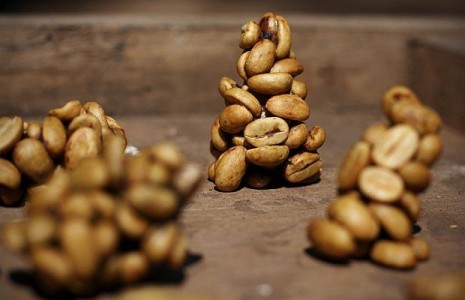
Considered a delicacy in parts of Asia, these coffee beans are roasted after passing through the digestive system of a civet. Farmers on coffee plantations allow the weasel-like creatures to eat their crop in order to collect their bean-filled droppings for a steamy and surprisingly chocolatey beverage. The beans can be bought in shops in London, including Selfridges.

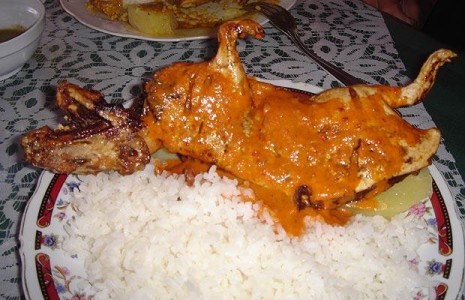

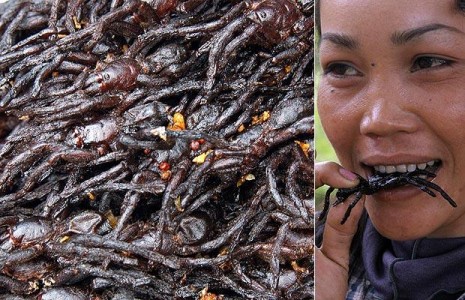
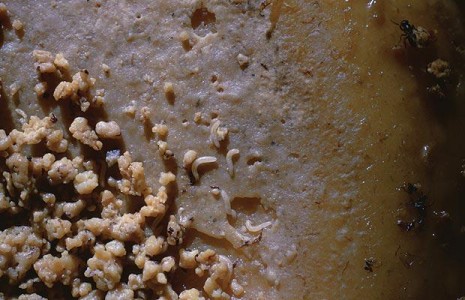
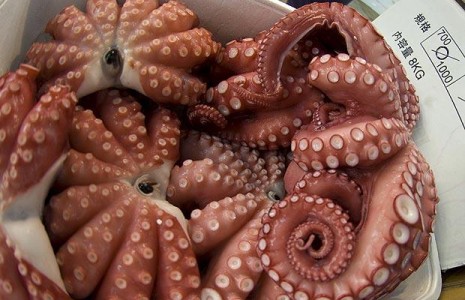
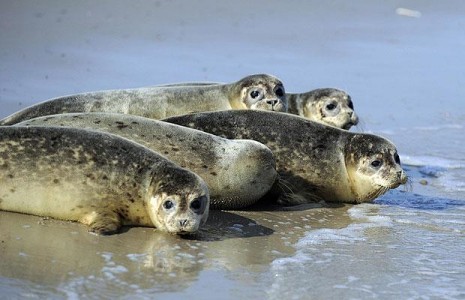
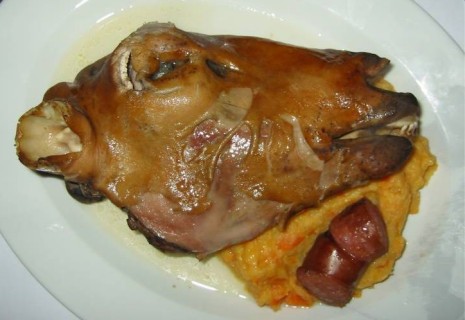
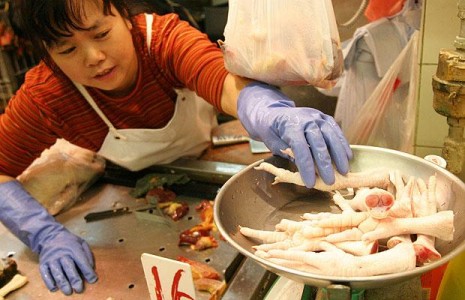
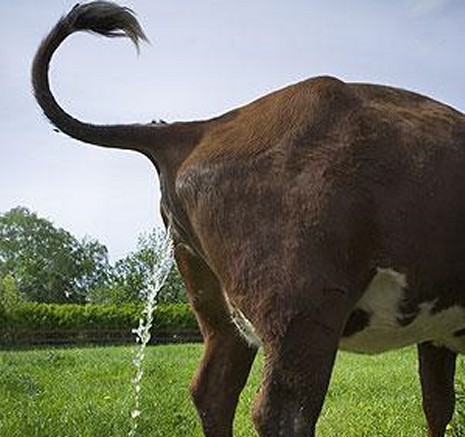

 4 Stupidly Annoying Gym Behavior...
4 Stupidly Annoying Gym Behavior...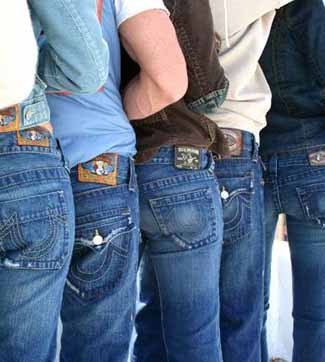 Learn How To Lose Jean Size In O...
Learn How To Lose Jean Size In O... Man with arm bent out of shape c...
Man with arm bent out of shape c...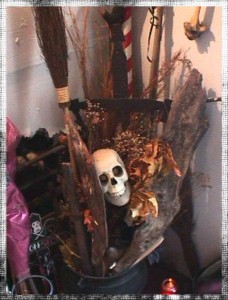 Voodoo Game
Voodoo Game Guide for Parents – Common...
Guide for Parents – Common...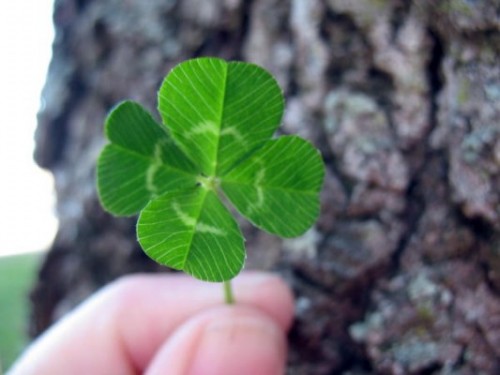 Interesting Facts About St. Patr...
Interesting Facts About St. Patr... Car Insurance: 4 Reasons Why Com...
Car Insurance: 4 Reasons Why Com...


